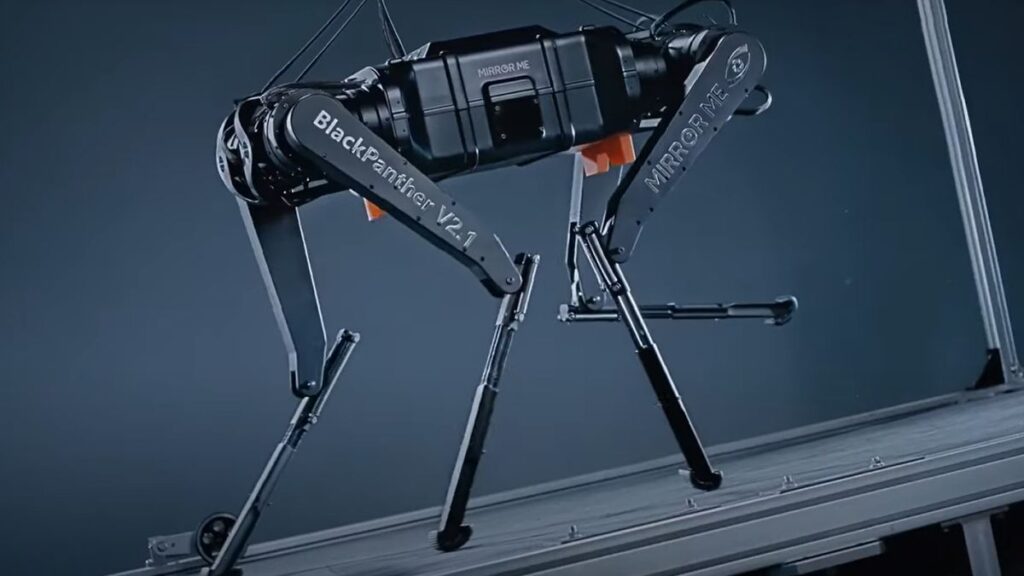Meet Black Panther 2.0: The Robotic Dog That Can Outrun Usain Bolt!
Imagine a robotic dog that can sprint 100 meters faster than you can say "quick as a flash!" Meet Black Panther 2.0, an innovative quadrupedal robot that has taken the world of robotics by storm. Developed by the nimble minds at the robotics startup Mirror Me and the brilliant folks at the Center for Interdisciplinary Mechanics at Zhejiang University in China, this robotic wonder is pushing boundaries and raising eyebrows.
Impressive Speed and Agile Design
What makes Black Panther 2.0 truly remarkable is its speed. Weighing in at 84 pounds (38 kilograms) and standing 2.1 feet (0.63 meters) tall, it can zip through a 100-meter dash in under 10 seconds. According to the research team, it can achieve a top speed of 10.4 meters per second (23.3 mph), which places it just shy of Usain Bolt’s legendary world-record speed of 10.44 m/s recorded at the 2009 World Championships.
To achieve these lightning-fast speeds, the robot is engineered with flexible, knee-like joints on all four legs. Reinforced carbon-fiber structures ensure it stays sturdy and intact as it races across various terrains, giving it the kind of strength and agility that would make any athlete envious.
Operating on AI: Learning and Adapting
But it’s not just hardware that makes Black Panther 2.0 special. The robot is equipped with artificial intelligence (AI) systems that use machine learning to adapt its movements to different environments. Imagine a robot that can navigate through rugged terrain or respond to obstacles in real-time—it’s like having a furry friend that learns and grows smarter as it races!
Potential Applications
So, what could such a speedy robot be used for? While the ultimate purpose remains under wraps, it’s clear that its capabilities could lend themselves to various roles. For instance, other quadruped robots like the DEEP Robotics Lynx have been deployed for security and surveying hazardous environments, although those only reach speeds of 4.9 m/s (11 mph)—less than half of what Black Panther 2.0 can do.
A quick throwback: In 2012, Boston Dynamics unveiled a cheetah robot with a jaw-dropping speed of 12.6 m/s (28.3 mph). However, that particular model is larger, heavier, and has yet to hit the commercial market. With Black Panther 2.0, we might be looking at the next generation of fast, multifunctional robots that could transform various industries.
Engaging the Future
The lead researcher at Zhejiang University has been contacted for further insights regarding Black Panther 2.0, but as of now, we’re still in suspense about its future applications. It’s undeniably exciting to witness rapid advancements in robotic technology, especially with potential for applications that could enhance security, environment surveying, and perhaps even play a role in search and rescue operations.
As the world leans more into AI and robotics, who knows what the future holds?
Wrap-Up
Black Panther 2.0 is a fascinating glimpse into the future of robotics, showing us just how far we’ve come in marrying speed, agility, and artificial intelligence. As we embrace these technological marvels, we’re left wondering how they might assist us in our daily lives or even redefine industries.
The AI Buzz Hub team is excited to see where these breakthroughs take us. Want to stay in the loop on all things AI? Subscribe to our newsletter or share this article with your fellow enthusiasts!




